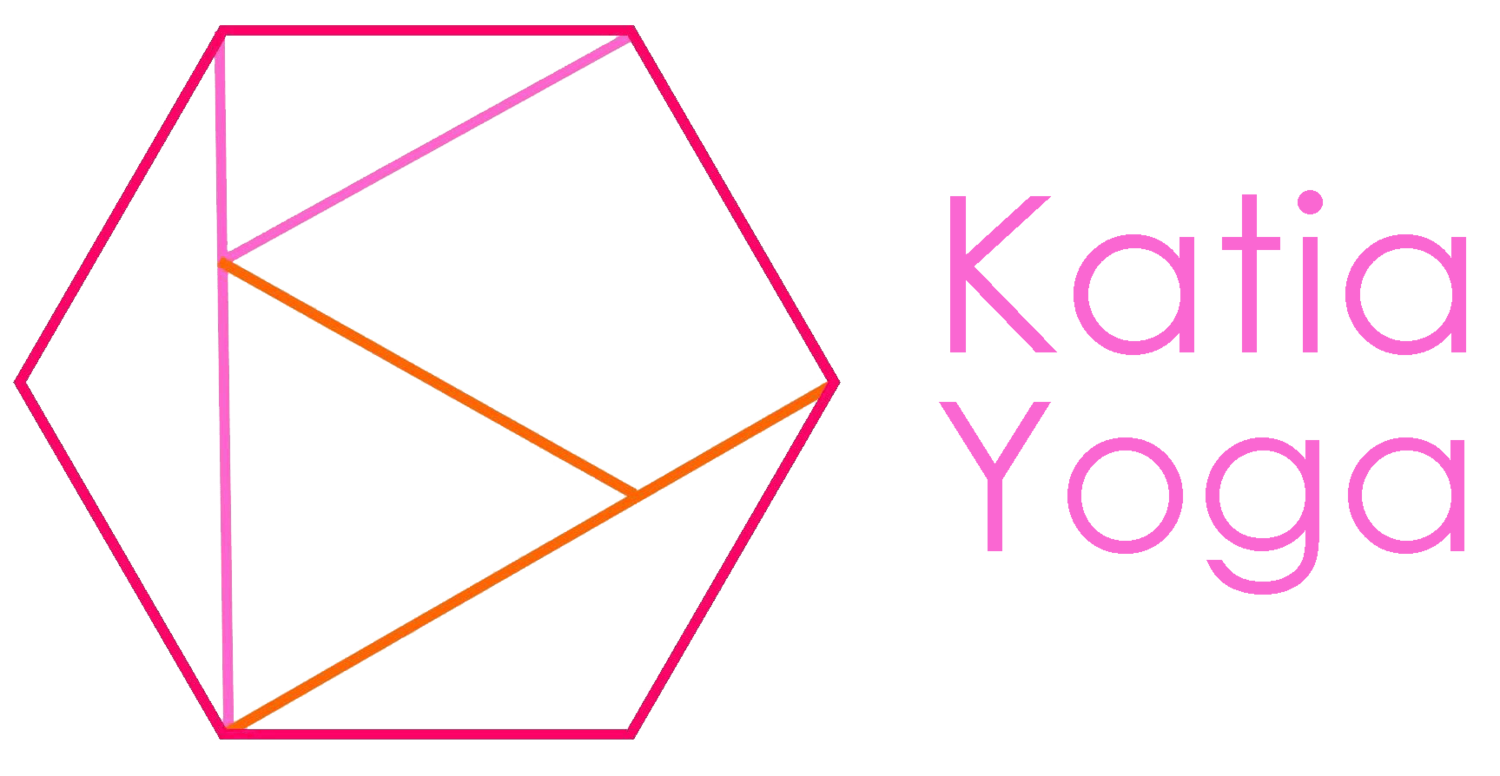Asana Alignment Principles: Feet and legs for a strong base
Yoga alignment starts with a firm base grounding down into the Earth through your feet and legs. These parts of your body relate to the Root Chakra. The root chakra or muladhara chakra is responsible for feelings of security, support and balance. It is the base for balancing all of the chakras, like your feet and legs are the base for balancing the other parts of your body.
[Just so you know this post contains affiliate links]
Stabilizing the Feet
To establish a firm base in the feet, you must press into the mat. Imagine your foot, from the heel to the ball of the foot (below the toes) as a big rectangle. Press down through all four corners of the rectangle. You're grounding down and pressing into the Earth.
This visual may help you keep all of the parts of your foot on the mat. You don't want to roll through your ankle and lift the arch or the outer edge of the foot. Some yogis consider the foot to be a triangle with the heel as one corner rather than two. Either way, press through every corner.
Work Those Toes
Yoga for beginners: a guide for asana alignment tips for your feet and legs #yoga #alignment #yogaforbeginners
Your toes can help too! Spread your toes out as wide as you can. This will help to make as big and stable of a base as possible. Press down with each one of your toes. Try not to grip with your toes, just press. You don't want to see the knuckles of your toes turning white. This means that area of your foot is working too hard, whether it's one toe or all 5. Try to find a gentler press down into the mat rather than squeeze up or in.
If you want to work on creating more space between your toes, you can try manually interlacing your toes- starting from your pinkies, place the right pinkie toe on top of the left, then the right 4th toe-- one toe on top of the other all the way up to your big toes. After a bit, trade sides, threading your toes together in the opposite order. It's tough at first, but it will make some room for sure! Also you can practice spreading your toes using the muscles in your feet any time you're barefoot. Trust me, it will happen!+
Finding balance


I learned a great way to find balance from the book, Yoga Mind, Body & Spirit (side note: this is a fantastic book for fine tuning or beginning your yoga practice on your own). The technique is rocking back and forth. You can start slowly. Let your torso lean forward and allow the weight of your body to rock you onto the balls of your feet- it's ok here if your heels lift-- we're experimenting. Then let your weight fall back and pull you onto the heels of your feet. Then tilt yourself forward and repeat the whole process. Rock to the point that you have to step forward or back-- really push it. Take at least one full minute to feel into your personal balance. Then slowly, subtly settle into a little easier sway and find the place that is your center- your balance (everybody is different).Once you feel fairly rooted across the forward-back plane, it's time to test yourself side to side. Rock over to the right, onto the edge of your right foot and the arch of your left- press your weight way over to the right side then lean back through your center onto the left outer foot and right arch. Again, take your time and feel into your body. Slowly you'll find that Goldilocks space that naturally feels just right.
Legs

Strong, active legs are also crucial for staying balanced. You don't want to forget about your legs and let them go loose like you're standing around. Yoga is to yoke, unify or connect the parts of your body-- you want to work them all in harmony. In most standing poses, you'll tighten through your thighs, lifting the kneecap and keeping your quads active. In forward folds, you can think of pulling the front of your thighs back between your legs and up toward the sky. If you're not sure which muscles are working, you could stay in the pose a bit longer than usual and you'll probably start to feel the burn highlighting which muscles are in the process of strengthening. Or ask your yoga instructor ;) Or read up on yoganatomy->
Knees

To care for your knees, be careful never to lock them. It's easy to do when you're concentrating on another part of the body. If you catch yourself locking your knees, try to focus on keeping a subtle bend in the knees. This bend can also help protect your back if you have lower back issues. And it may also help you focus on activating the appropriate muscles in the legs for the pose.
It's all connected: Feet and Legs Working Together
Remember that kids' song..."The knee bone's connected to the... thigh bone, the thigh bone's connected to the..." well it's true! Everything is connected. In some poses, like half moon (ardha chandrasana) and pigeon (eka pada rajakapotasana), it's helpful to keep your foot flexed-- this helps tighten the calf and quads which will help your balance, stability and strength. In pigeon, flexing your front foot even helps protect your knee.
It's all about that base
Connecting to the Earth and grounding through the feet and legs properly is super important for creating a strong base for your yoga poses. This gives the rest of the body a beautiful, strong starting point to grow and flow from.




